Hacking Kowloon East: Technology for activating urban life, Spring 2021
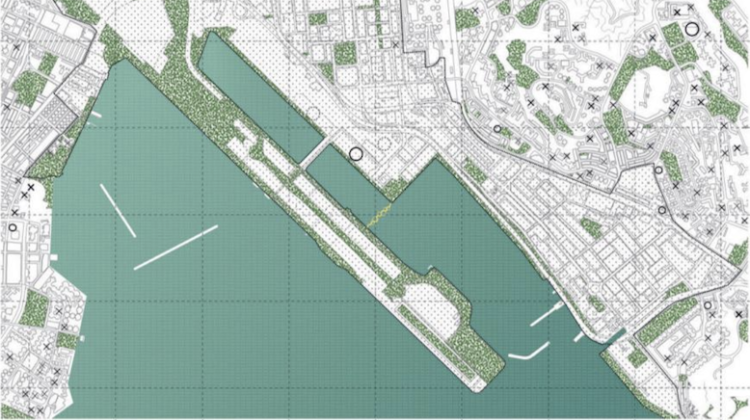
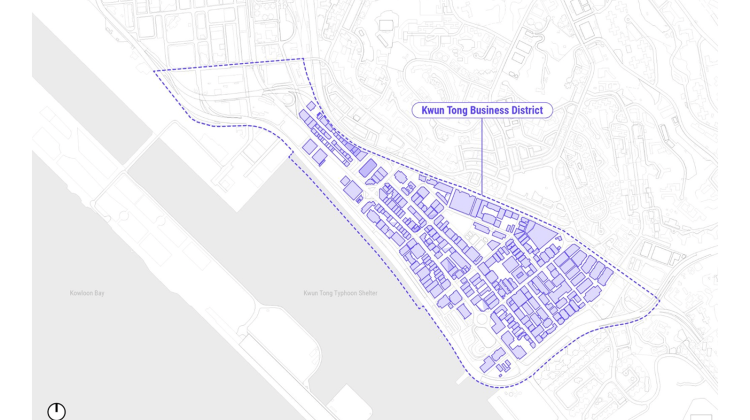
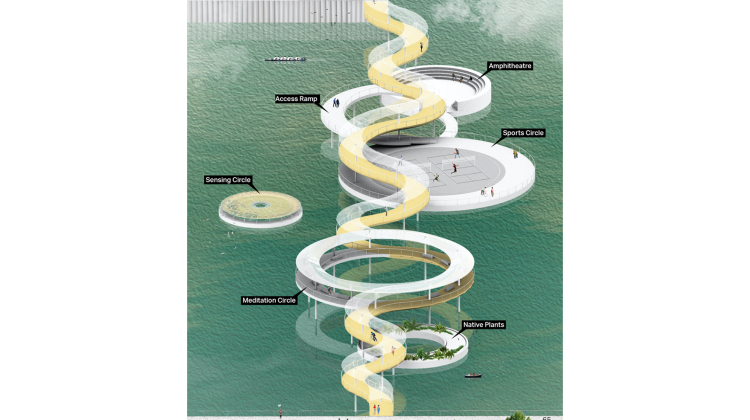

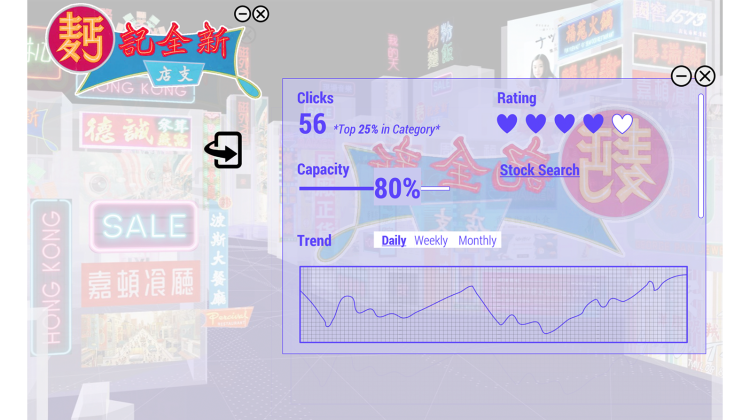
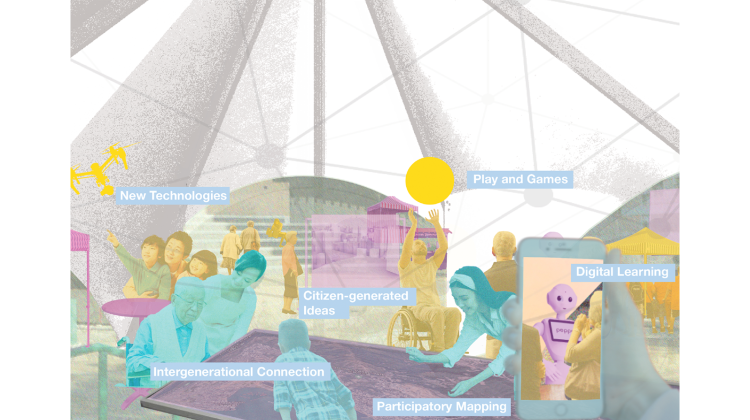
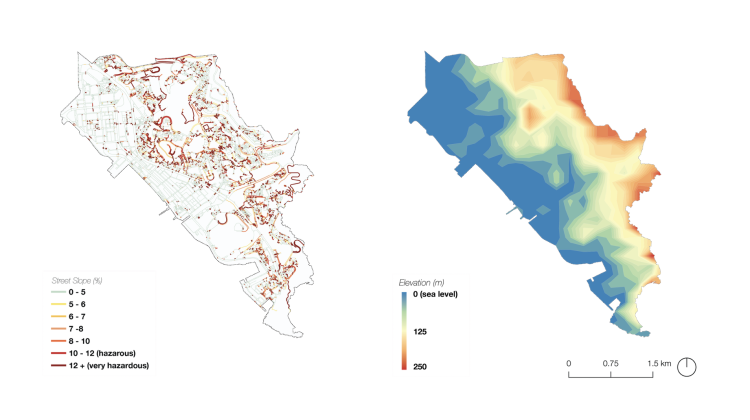

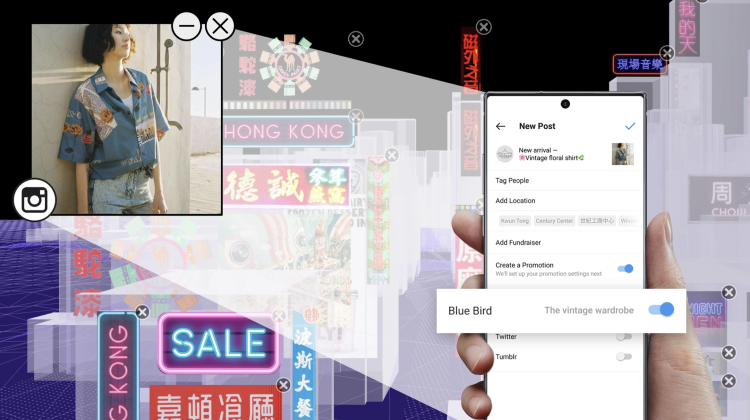
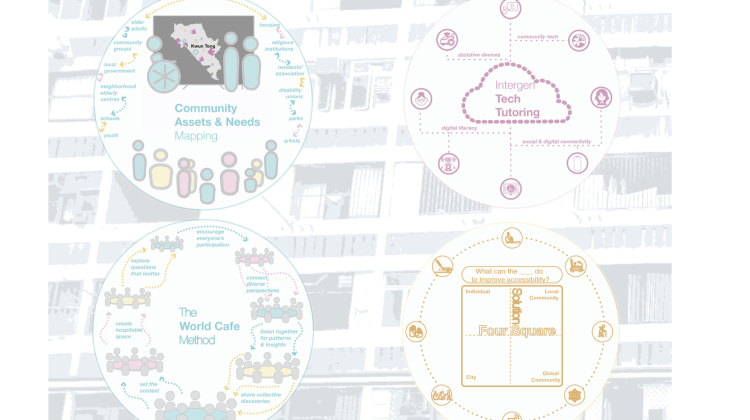
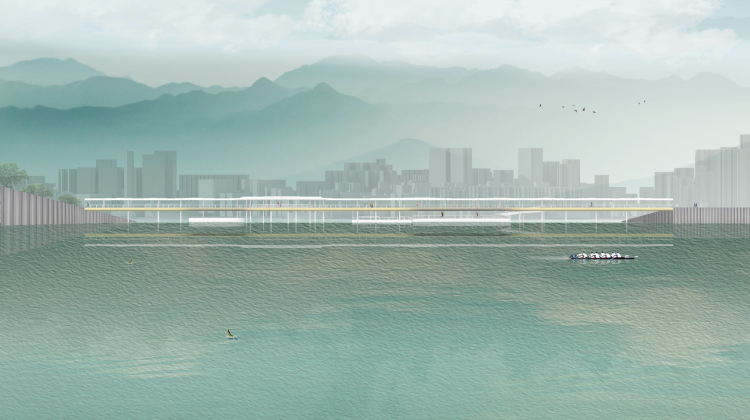
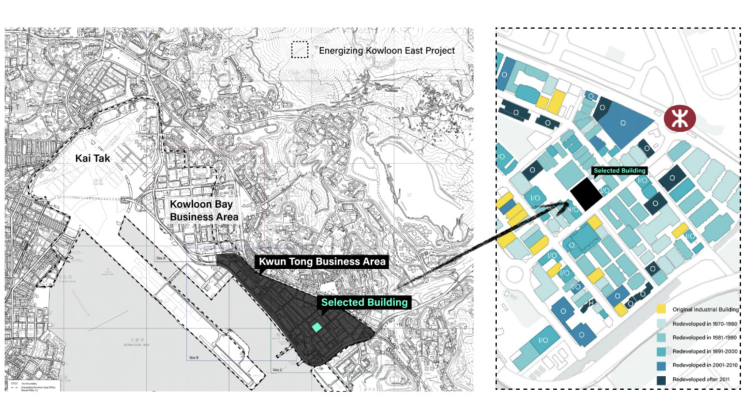
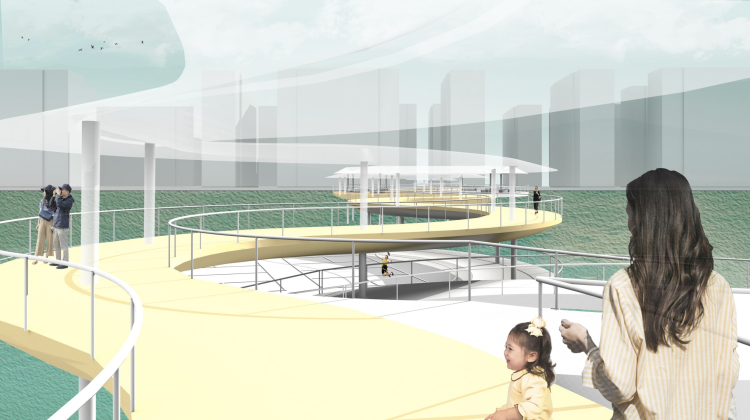
The Spring 2021 Urban Design Ideals and Action course was a field study-based design workshop and practicum. The course was offered in coordination with the MIT Hong Kong Innovation Node, an MIT-affiliated center that connects research and faculty at MIT with industry and supporting organizations in Hong Kong. The MIT Innovation Node worked with the Hong Kong government to advise on the planning for the Kowloon East neighborhood, one of the most economically deprived and socially disadvantaged neighborhoods in the city. The workshop aimed to rethink the concept of the smart city to explore how the current city initiatives in Kowloon East can better leverage emerging digital technologies to help connect residents to each other and to economic opportunities. As a paradigm of high-density urbanism, Hong Kong also provided an opportunity to rethink how physical spaces can be integrated with digital technologies. In light of ongoing political crises in Hong Kong as well as the Coronavirus pandemic globally, the city has been at the center of a wide variety of global challenges.
The workshop, conducted in-person for Hong-Kong-based students and remotely for MIT-based participants, asked students to integrate both urban design and digital strategies in a final project for Kowloon East. Urban design strategies intended to reimagine community and public spaces that could serve the needs of online learning, social and community organizing, childcare, job training, small and medium business incubation, local identity and placemaking. This included rethinking Hong Kong’s “podium” retail spaces, activating malls with community space/functions, and locating new facilities for job training or community programs in residential neighborhoods, and leveraging KE’s location along the waterfront and former Kai Tak airport site. Digital strategies not only augmented physical design to accomplish the goals listed above, but leveraged recent growth in augmented reality, handheld mapping, and environmental sensing and sound. The results of the design and planning workshop are published in the website Hacking Kowloon East.


